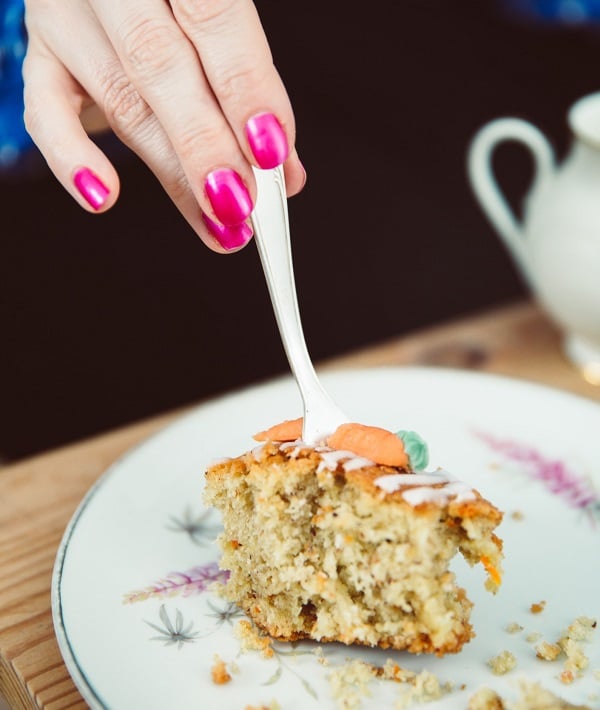
Your nails don't lie
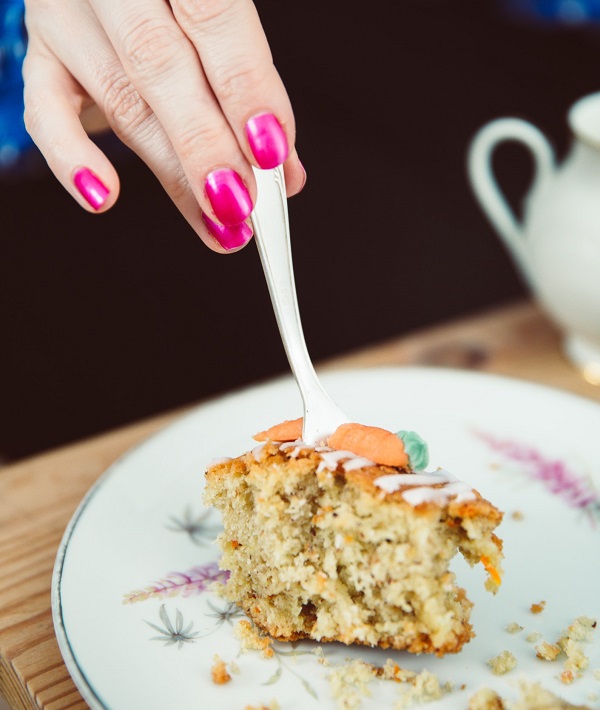
Fingernails are multipurpose tools built primarily of a protein called keratin, the same stuff found in our hair and skin cells. Not only are nails canvasses for artistic expression, they're also great for scratching an itch and protecting our delicate fingertips from getting hurt. Even cooler, our nails can also provide tell-tale clues about the state of our health and our diets. Keep reading to find out what our nails have to say about vitamins, carbs, healthy fats and more.
You're eating a good diet
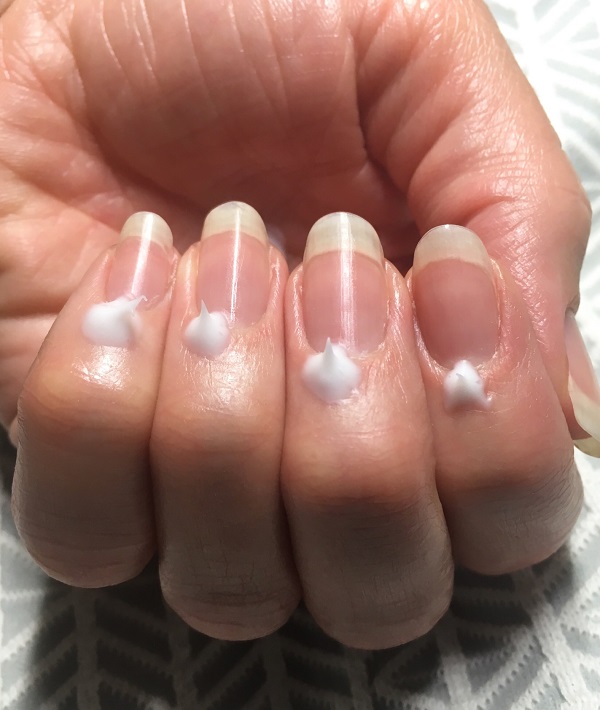
Although everyone's fingernails can vary, there is a baseline for healthy nails. Diets rich in healthy fats, multiple nutrients and lots of water result in nails that are typically firm and have a naturally shiny flesh-tone nail plate with a white free-edge, they're smooth (even the cuticles) and for some, have a white crescent-shaped lunula at the nail base.
You're not eating enough fruits and veggies
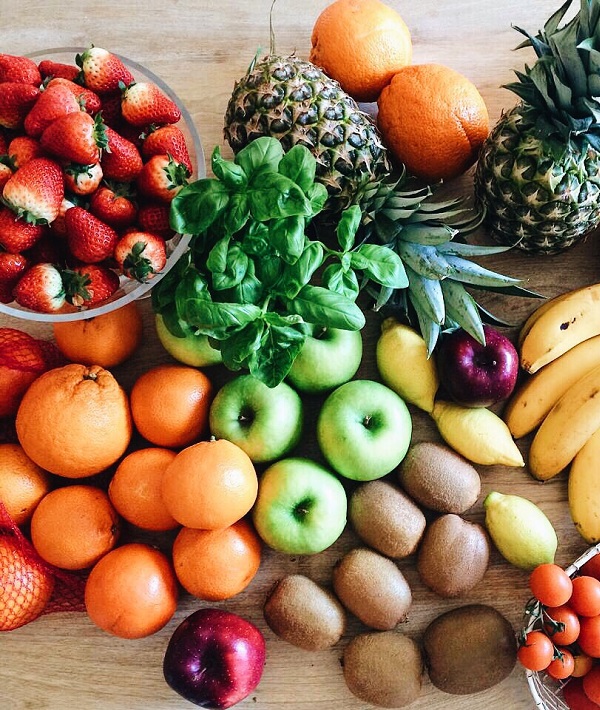
Are your nails dull, weak, flaking or simply not growing? The culprit might be a diet lacking in nutrient-rich fruits and veggies. Macro and micro-nutrients, like phosphorus, chloride, calcium and more are all necessary to maintain nail shape, color, sheen, growth and strength. When the body is low on these important nutrients, it's forced to be selective, sending the most nutrient-rich blood to vital organs first.
You're dieting too hard
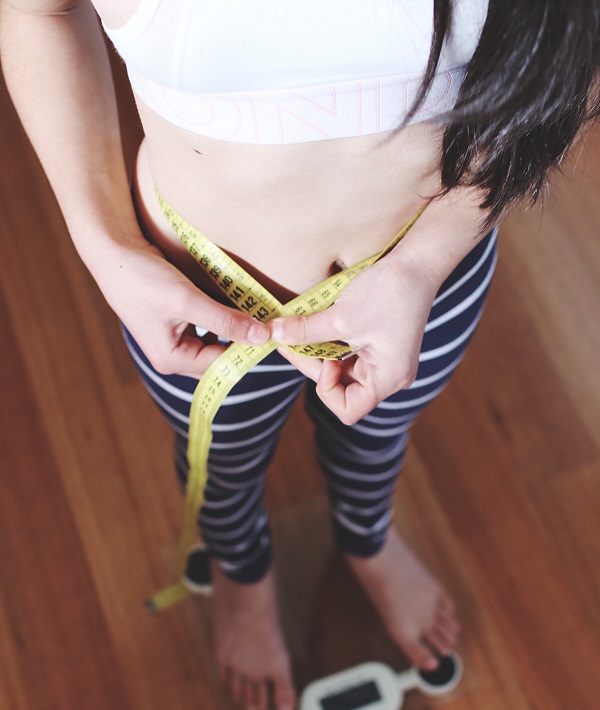
Extreme diets, or those that severely restrict the amount of food you're eating, can have a negative effect on your nail health. Any diet that leads to chronic hunger or malnutrition will force the body to conserve fats and nutrients to protect its most important parts, including the heart and brain. Nails, hair and even the skin will often get the least amount of nutrients in these situations, causing them to become dry, brittle and weak.
You're dehydrated

Take a look at your nails. Using gentle pressure, push on the nail plate (the base of your nail) and then examine what happens once you stop. Normal, healthy nails will turn white when pressed and then "refill" when the capillaries underneath regain their natural blood flow. Nails that take longer than half a second to refill may indicate dehydration. An easy fix? Drink more water.
You're low on zinc
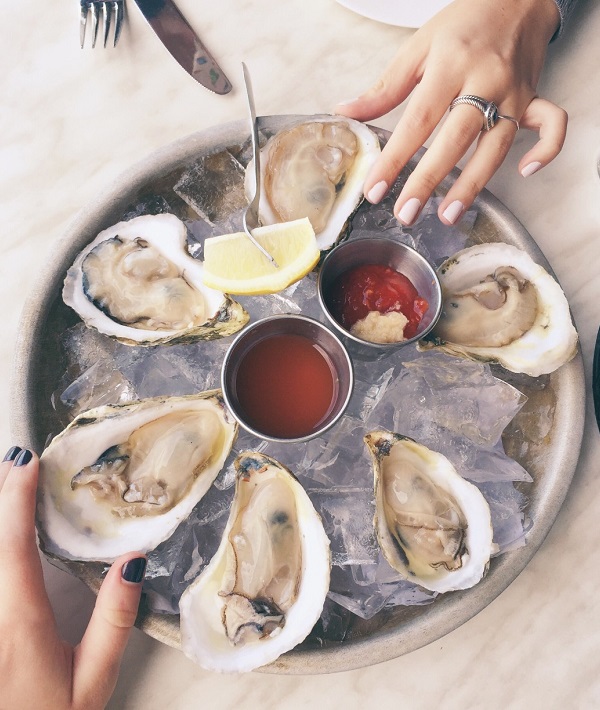
Leukonychia, or white spots on the nails, are usually caused by trauma to the nail and will naturally grow out. But the spots can also be caused by a diet low in zinc-rich foods (like shellfish). Likewise, Beau's Lines (grooved, horizontal lines on the nail) can also be caused by injury, as well as diseases like uncontrolled diabetes. It could also be your body's signal that you need to slurp oysters more often!
You're low on iron
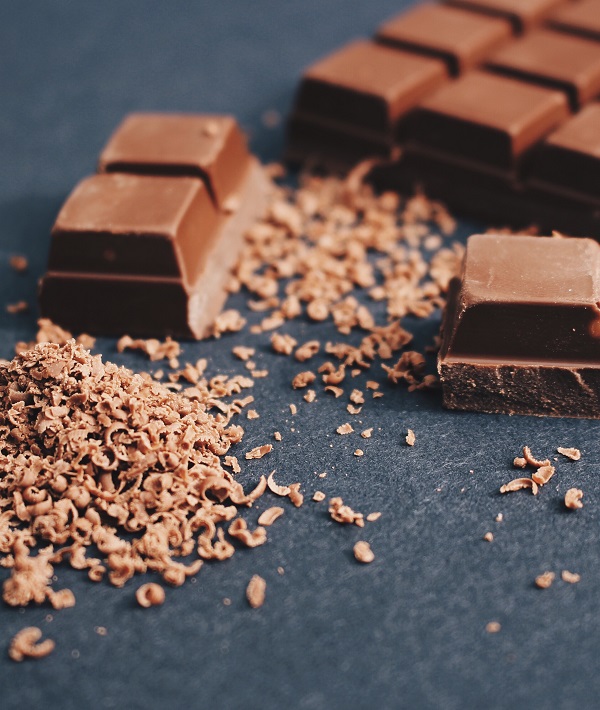
Do the edges of your nails curve up like a spoon? Koilonychia, meaning "hollow nail," is a condition typically caused by severe iron deficiency. If your diet regularly includes iron-rich foods like chocolate, spinach, lentils and tofu, but your nails still curve upwards, away from your fingertip, see your doctor. Koilonychia can also be caused by hypochromic anemia, which may include fatigue and weakness and requires medical treatment.
You need more protein
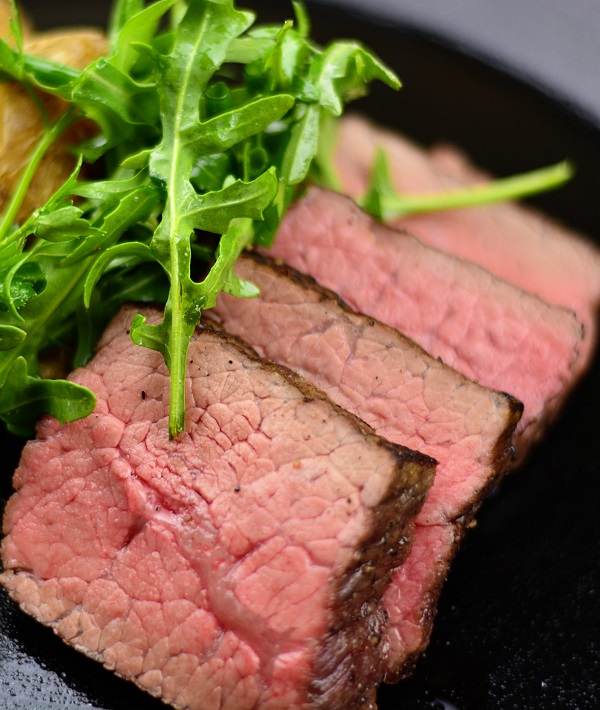
Another sign you're low on iron is the development of onychoschizia, or soft, thin nails that easily split. Since nails are made of the protein keratin, a diet that includes plenty of iron-rich proteins, like red meat, can help your nails repair, grow and maintain their strength. Quinoa, nuts and oats are also great vegetarian options for getting iron and protein in your diet.
You need more cysteine
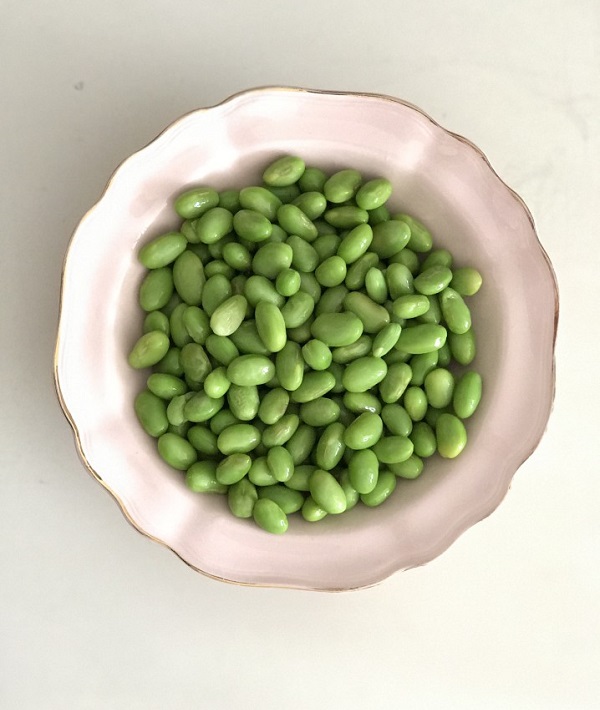
Yet another possible explanation for brittle, weak nails may be too little cysteine in your diet. Found in beta-keratin, this important amino acid contributes to the formation of protein structures, which play a part in the growth of our nails, skin and hair. Thankfully, foods high in cysteine are also high in protein, so eating things like soybeans, red meat, sprouted lentils and wheat germ can do double duty to get your nails and body in shape.
You're drinking too much
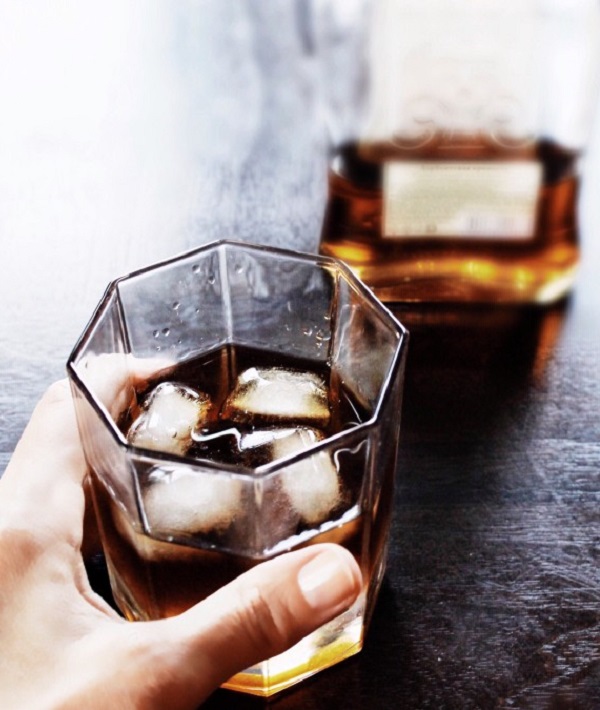
Did you know your fingernails can reveal whether or not you're drinking too much liquor? Not only can laboratories now test nail clippings for long-term alcohol biomarkers, but the very appearance of your nails can also reveal an inclination for the drink. Pale, white nails may indicate alcoholism with a particular diagnoses called Terry's Nails (where the nail appears white and has a ground-glass appearance). It often coincides with cirrhosis, diabetes, heart failure or liver failure.
You're getting too much mercury
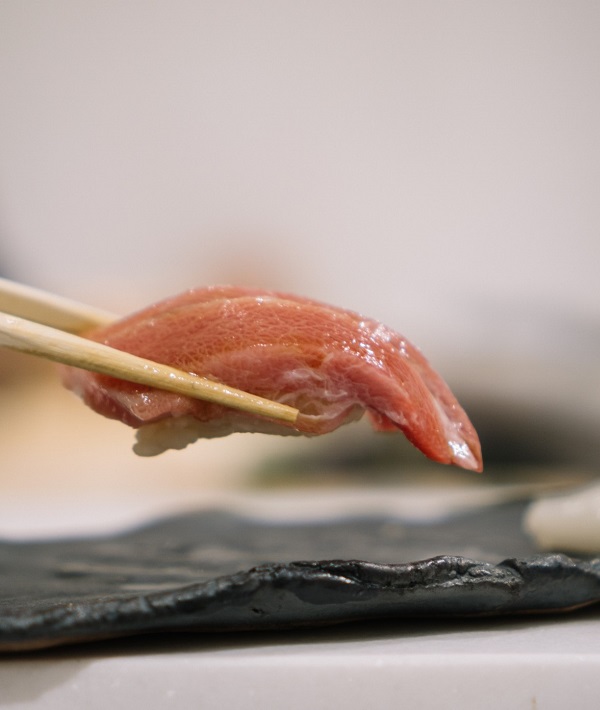
Sushi-lovers, beware. Apparently, there is such a thing as too much fish in your diet, especially if that fish is known to be high in mercury. People with brittle nails or nails that feature a single white line across the ridge (known as Mee's Lines) may have heavy metal poisoning that includes arsenic, lead or mercury. Mackerel, Bluefin, Yellowfin and Bigeye tuna have higher mercury concentrations and should be eaten in moderation.
You're not getting enough omega-3 fatty acids
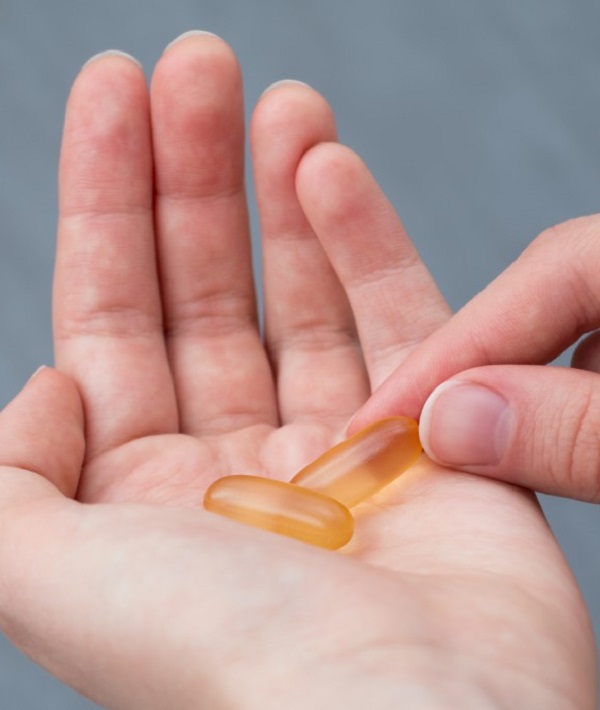
While fish high in mercury should be avoided, healthy omega-3 fatty acids, which are often found in fish like salmon and sardines, should be consumed regularly. Nails lacking in omega-3 tend to be brittle and weak, easily peeling or breaking. Vegetarians need not worry, either, as other foods, like walnuts, chia seeds and Brussels sprouts are also high in this heart-healthy fatty acid.
You're low on biotin
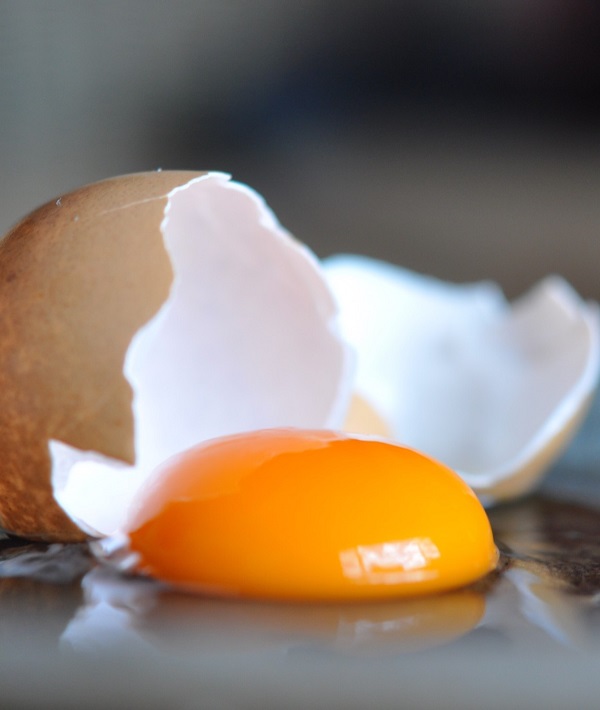
Another cause of brittle nails, as well as dull hair and skin rashes, could be linked to a diet that's low in biotin. This important vitamin (also known as B7) is found in egg yolks, liver, nuts, seeds and sweet potatoes, and is often sold as a supplement to help people grow stronger, longer nails and hair, and have more supple skin. The jury is out on whether these supplements actually help, but some studies do show that a diet high in biotin-rich foods may help people develop stronger, harder fingernails.
Your body is flooded with glucose
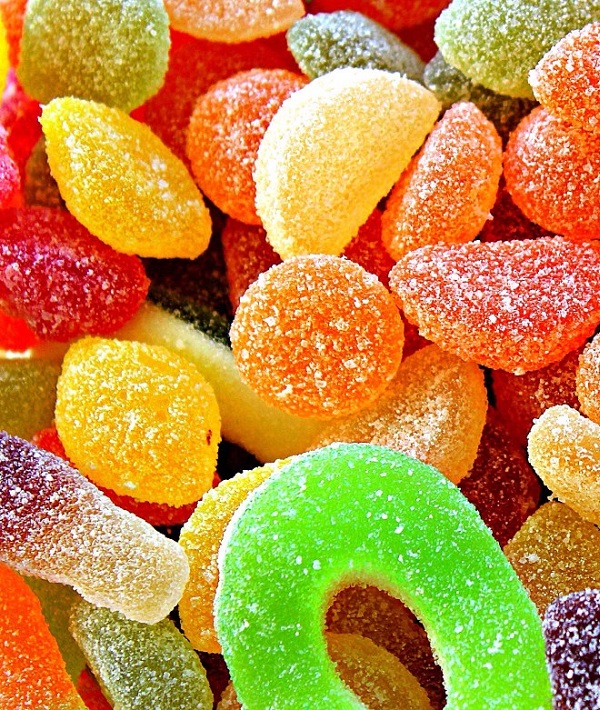
Too much glucose in the bloodstream is caused by the liver trying to balance the body's insulin levels. Excess glucose, which comes from diets high in sugar and simple carbohydrates, can cause fingernails to turn yellow and could be a sign of undiagnosed diabetes, which requires medical and dietary intervention.
You're eating too many processed carbs
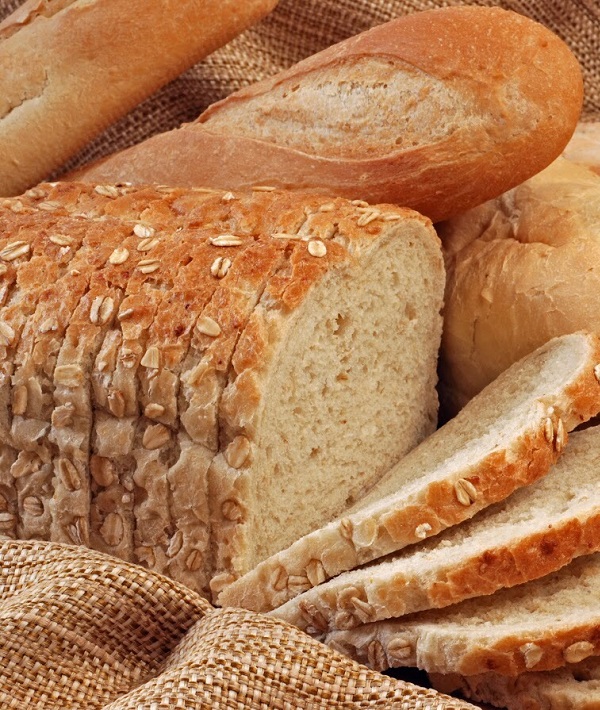
Another food category that causes your blood sugar to spike (which, in turn, can affect your nail growth) are those on the high end of the glycemic index. From white breads to flour tortillas and pizza, these highly refined, quickly digested carbohydrates create a surge in your blood glucose levels, which, over time can turn your nails an unhealthy yellowish color and slow their natural growth, thanks to our bodies pumping androgen hormones in response to all the insulin.
You're not eating enough healthy fats
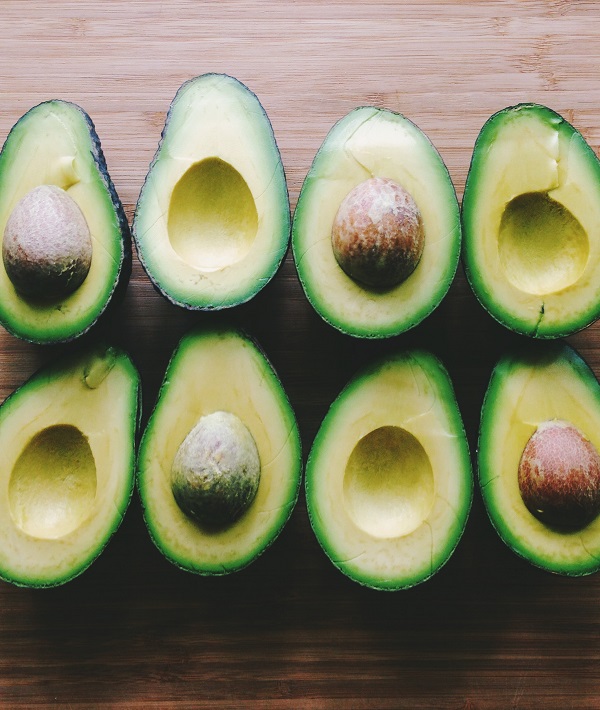
Fat has an unearned reputation for being bad for our diets. The fact is, our entire body relies on healthy fats to nourish and regenerate our cells as well as lubricate our joints. Dry, dull and brittle nails that don't seem to grow could be a sign you're not getting enough of those good fats on a regular basis. An easy way to incorporate nourishing and heart-healthy fats into your diet is by including things like avocados, eggs, olive oil and even cheese into your everyday meals.
You're eating too many trans fats
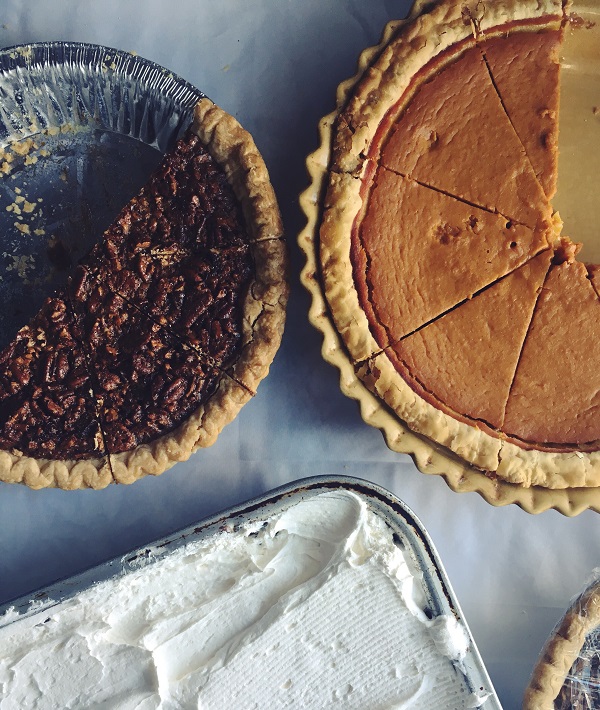
While healthy fats are good, trans fats—found in prepackaged cakes, pies, chips and other snack foods—aren't. These hydrogenated oils are known to increase a person's risk of heart disease and diabetes, while also raising their bad LDL cholesterol. Although trans fats aren't directly linked to nail health, their impact on the body's overall health can lead to problems like excessive nail curving (called nail clubbing), koilonychia, which causes concave nails and Terry's Nails.
You need to take vitamin supplements
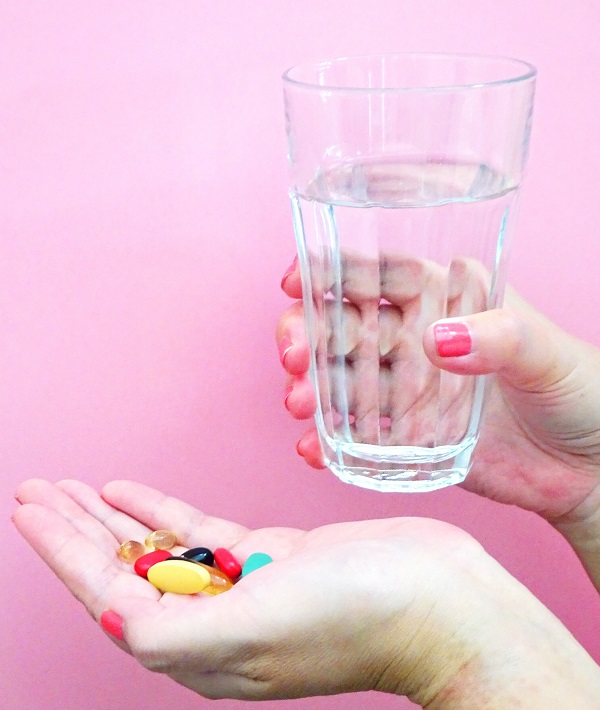
Are your fingernails discolored, brittle or have vertical lines? They may be trying to tell you that, in addition to eating healthier foods, you need to add a multivitamin supplement to your diet. While eating a diet that is rich in heart-healthy fats, fruits, vegetables and iron-rich proteins, you can also maximize your daily nutrient intake by adding a supplement that can help cover you when your diet doesn't include the recommended five servings of fruits and veggies per day.
You're low on vitamin B12
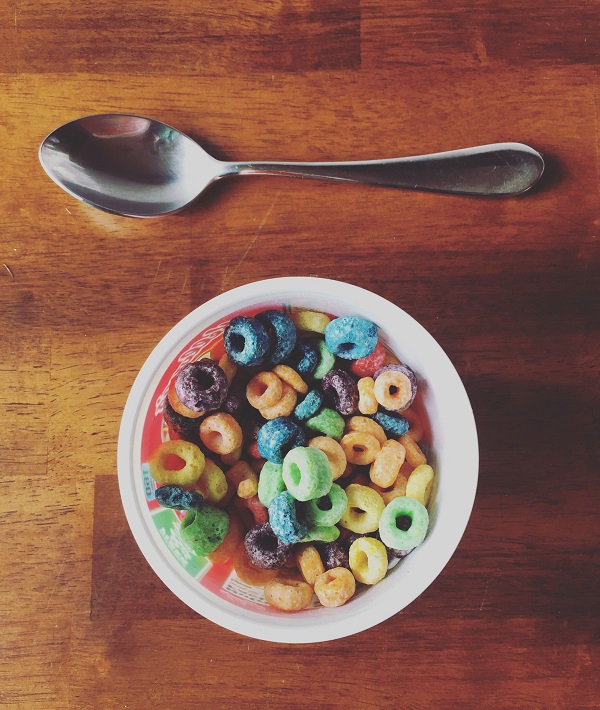
One vitamin in particular that is important for healthy nails is B12. If your fingernails are curving downward into your fingertips or are turning dark, it could be a sign you're low on this vitamin. An easy way to increase your B12 is by eating fortified breakfast cereals. While processed carbohydrates and sugary cereals can also damage your nail health, making the advice seem conflicting, nutritionists recommend looking for cereals with whole grain as the first ingredient as well as those that are high in fiber but low in sugar.




